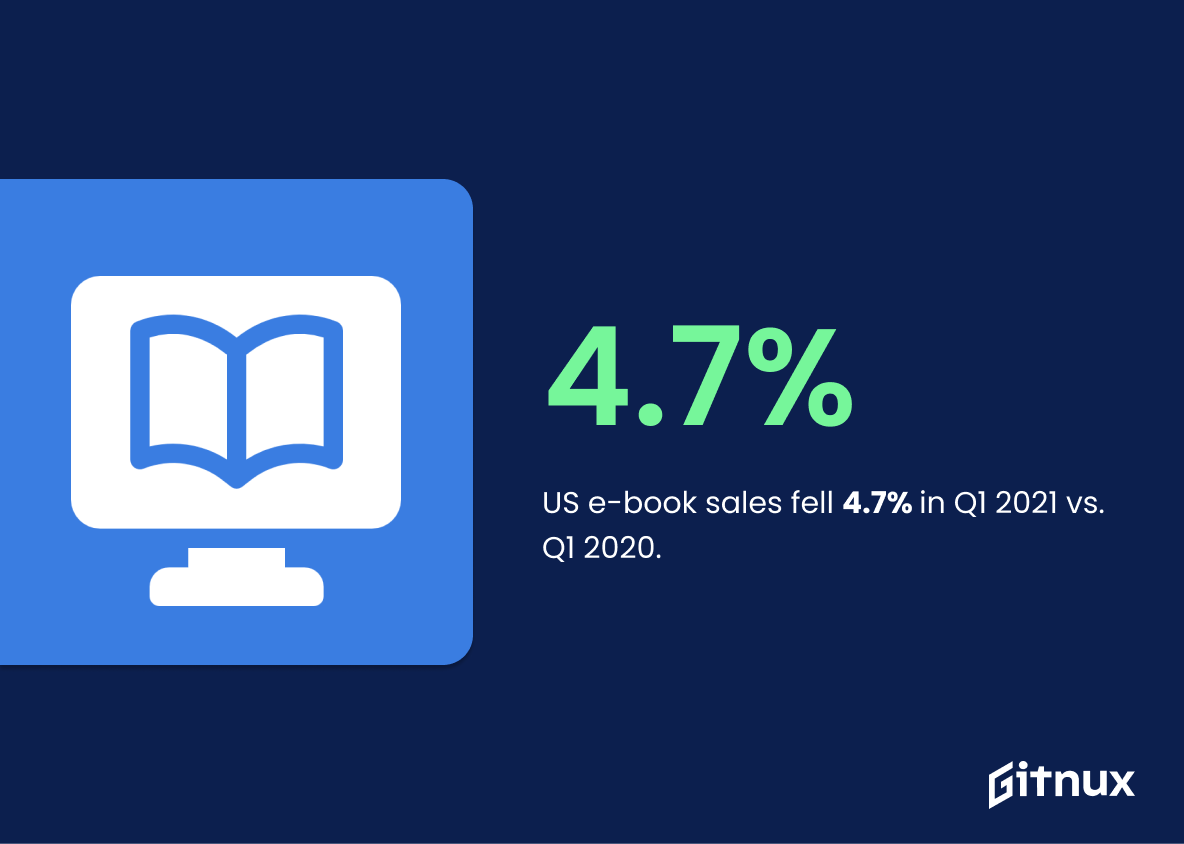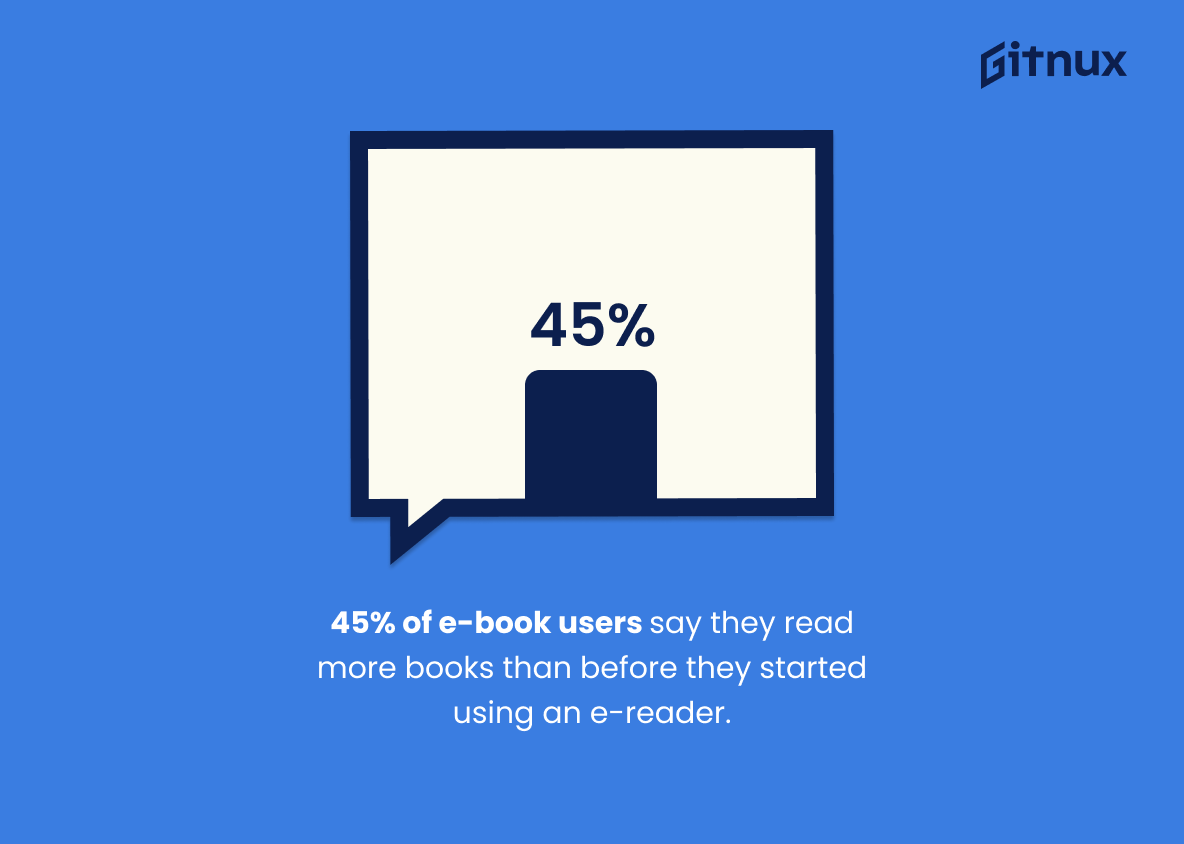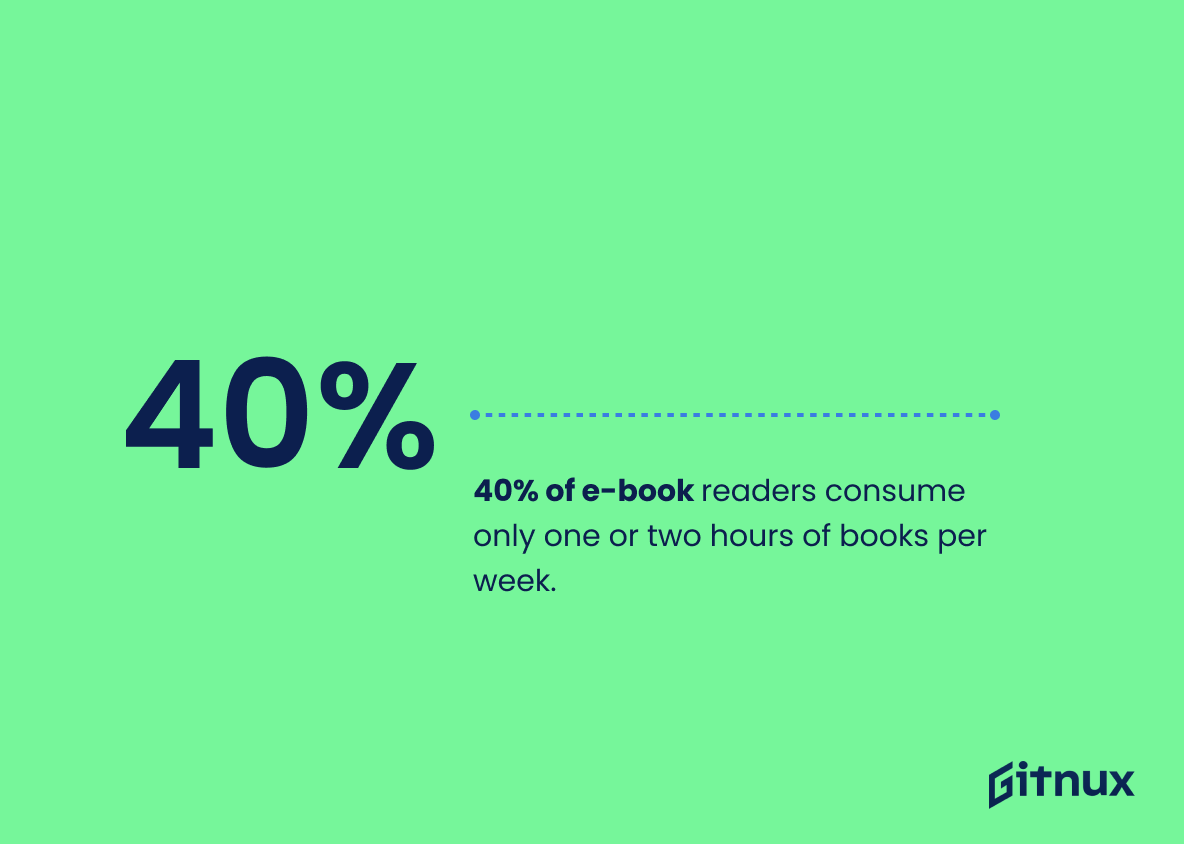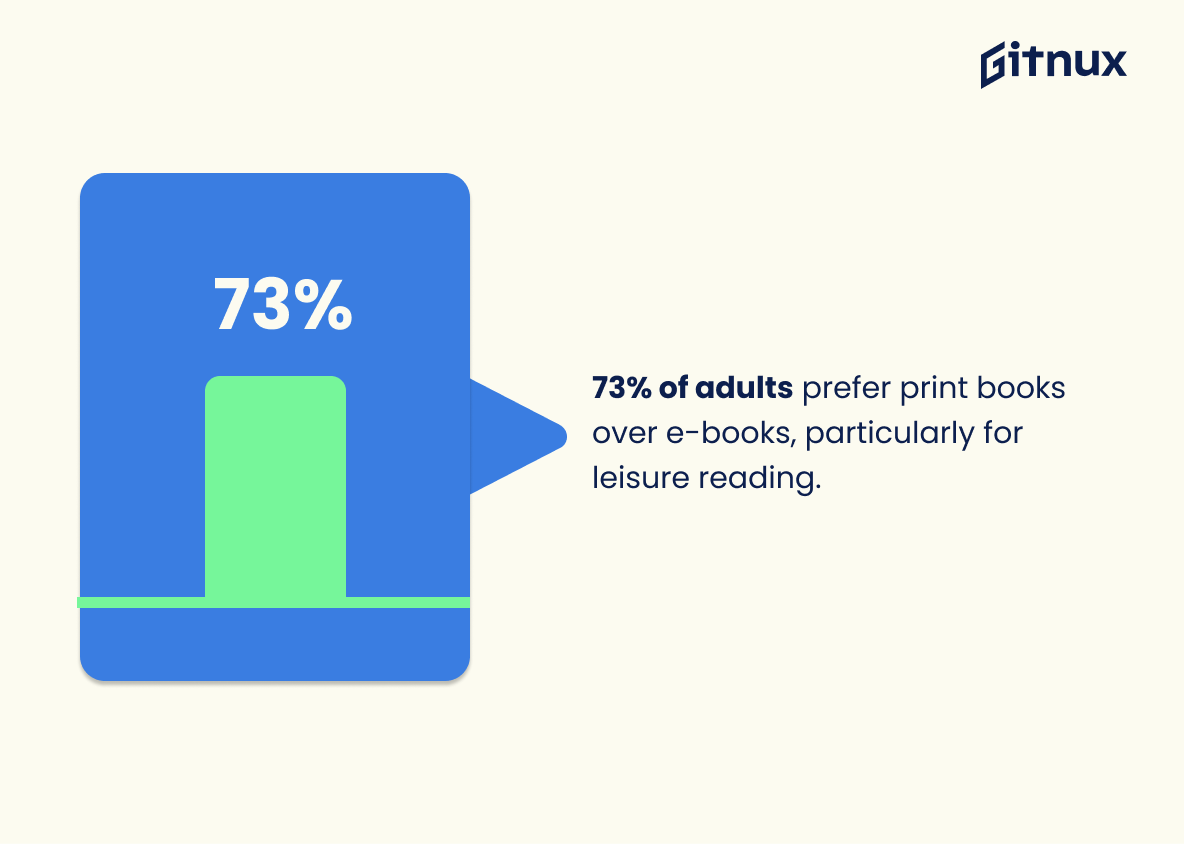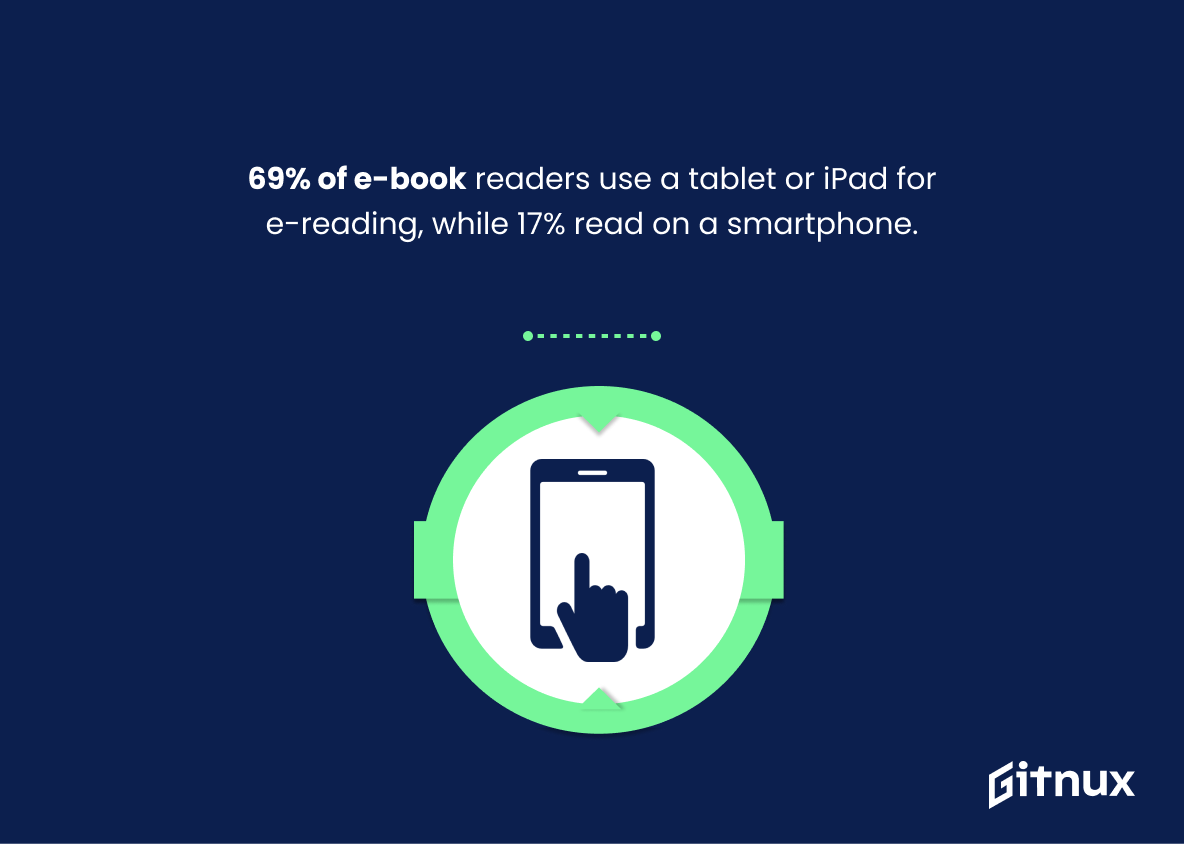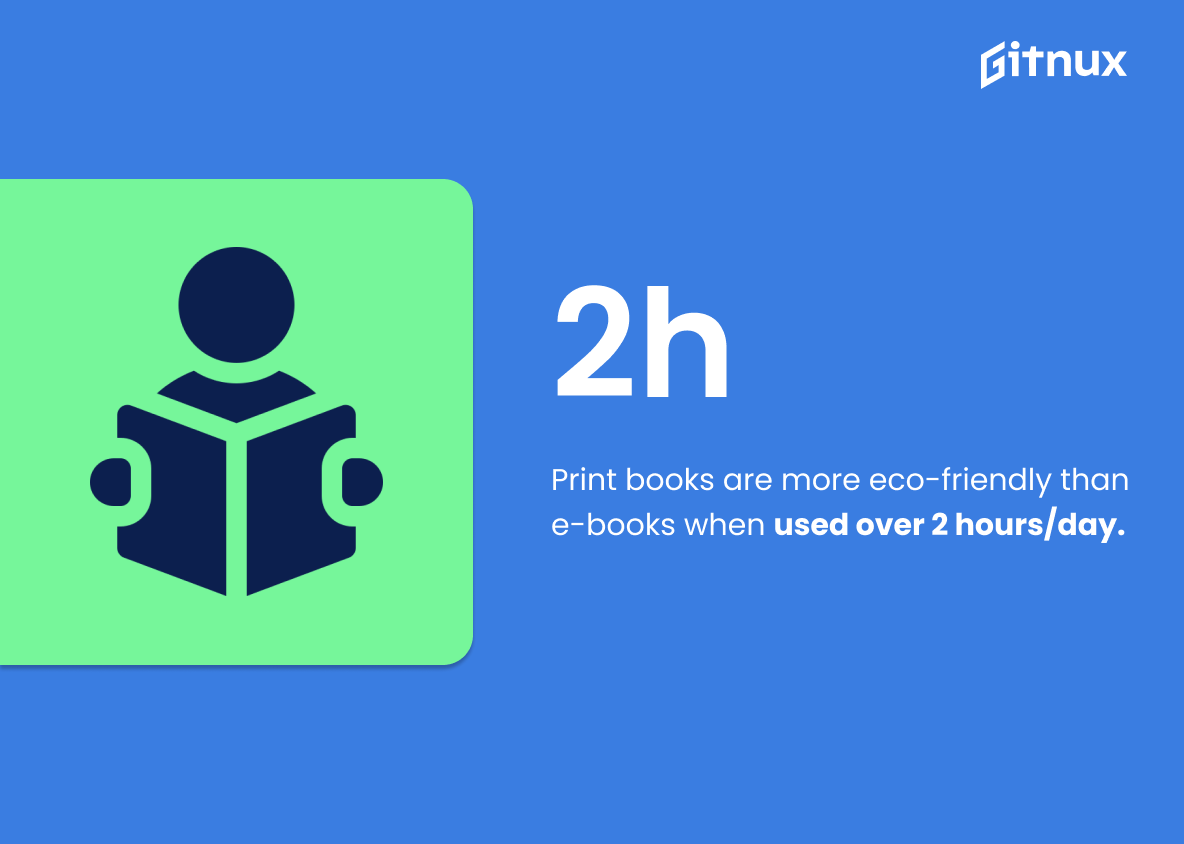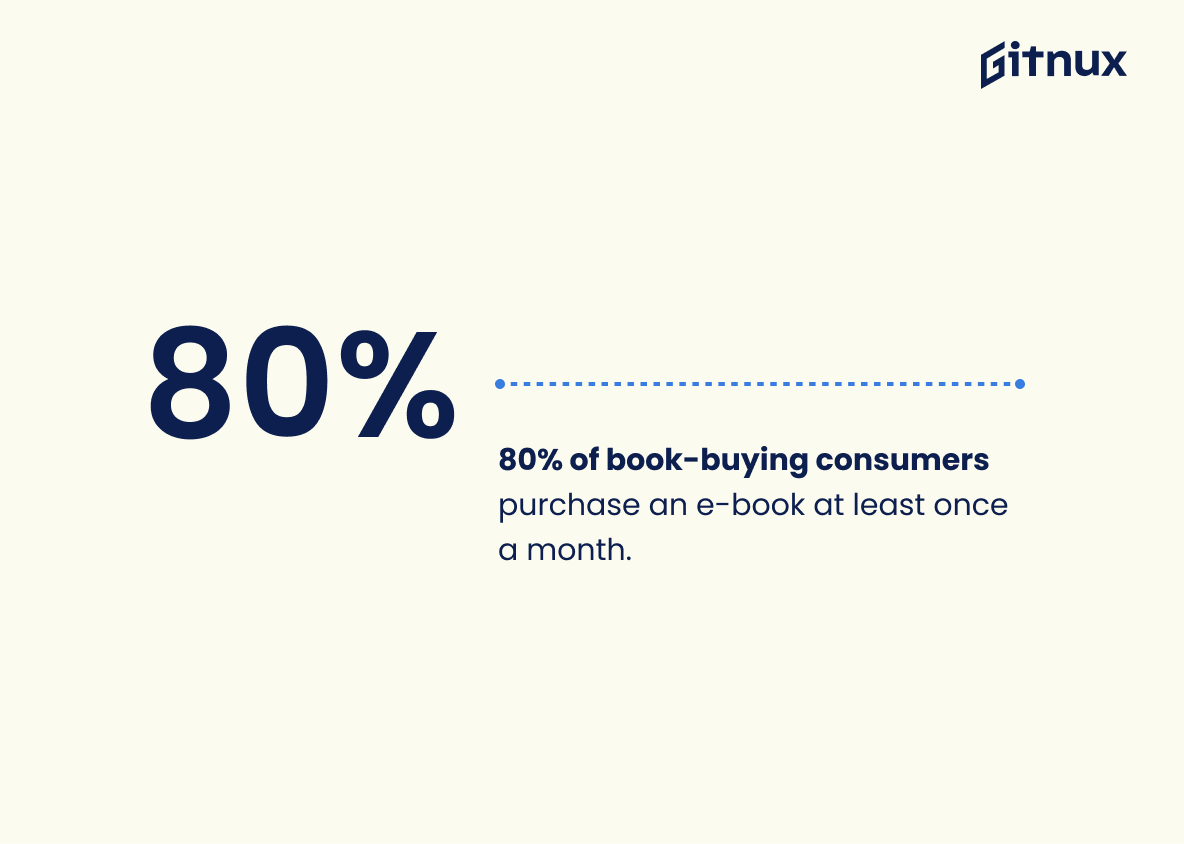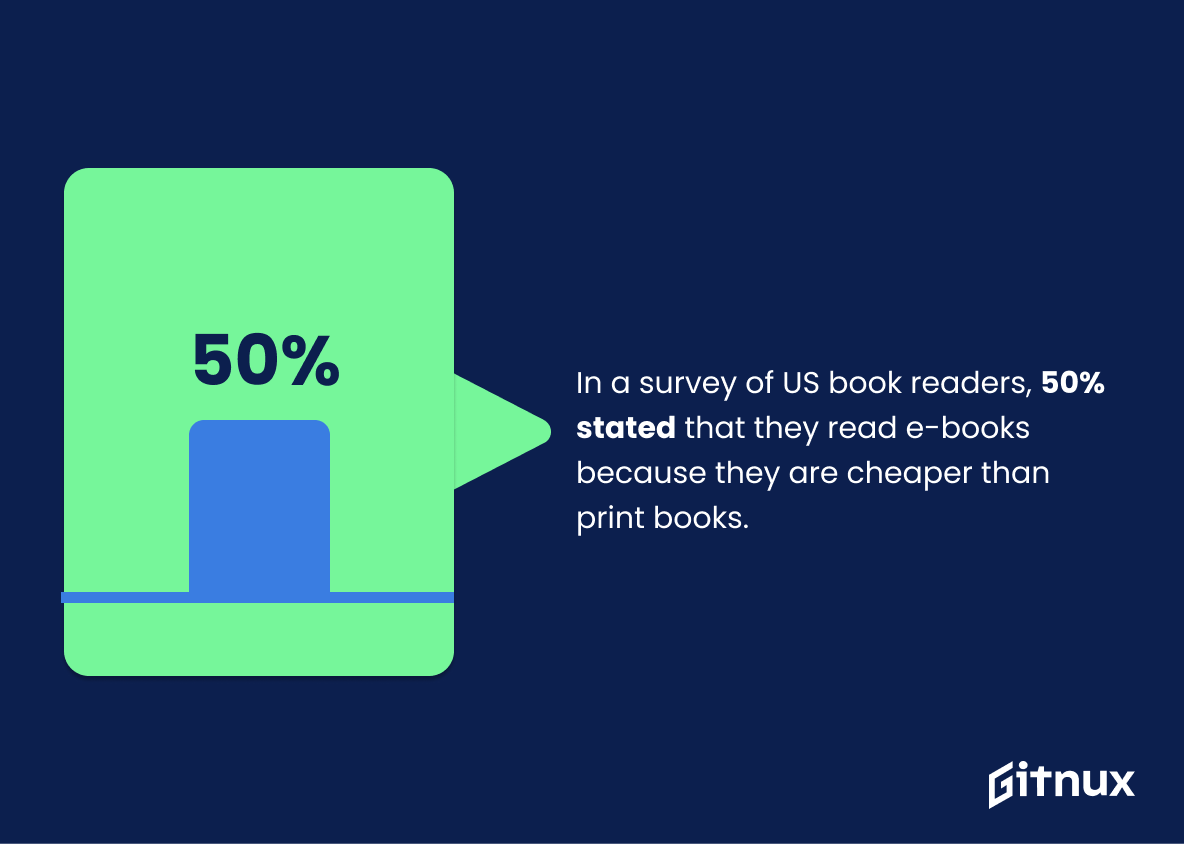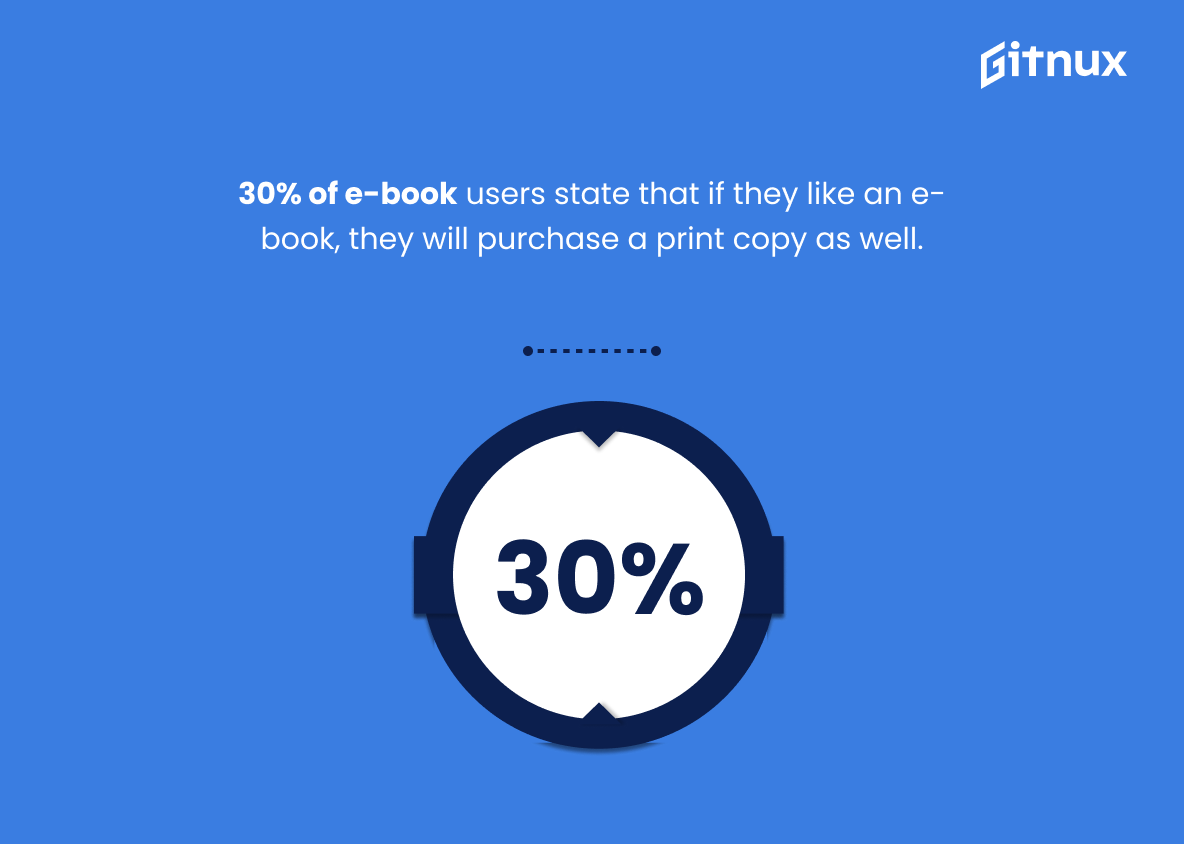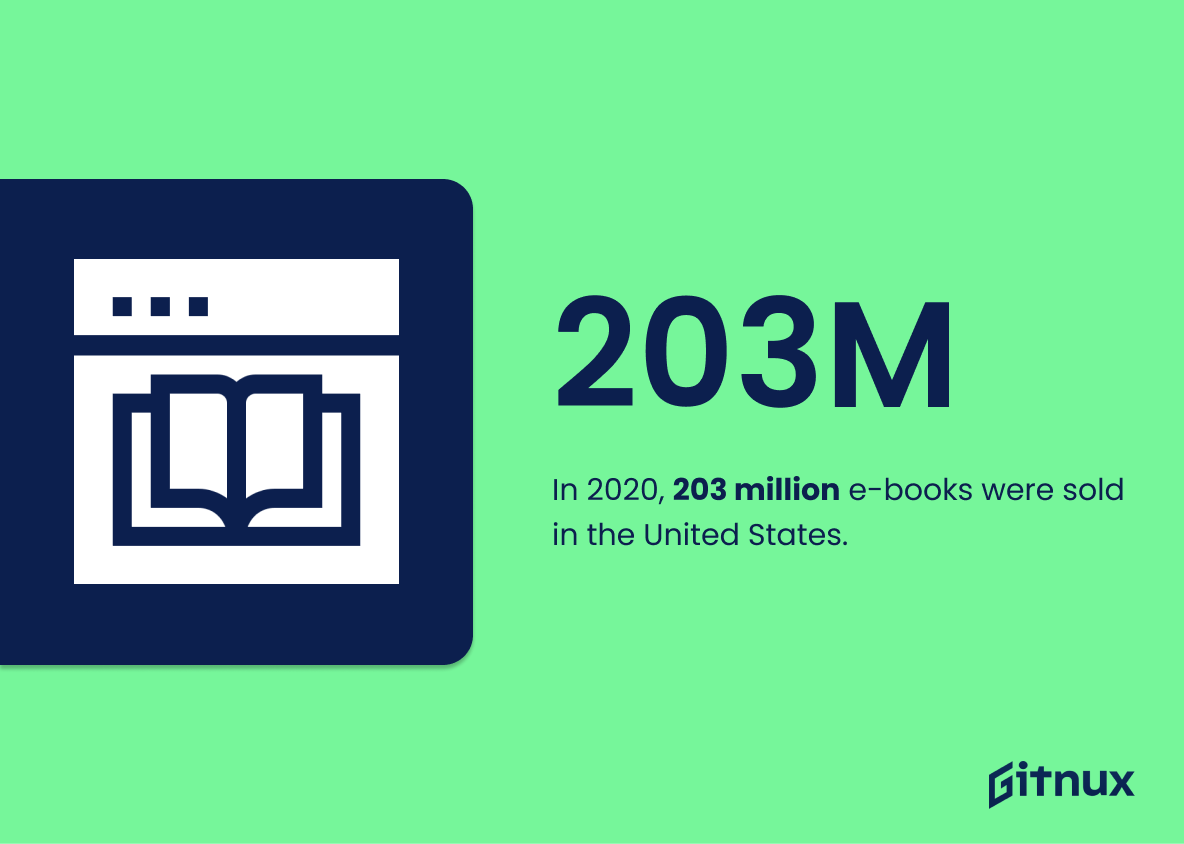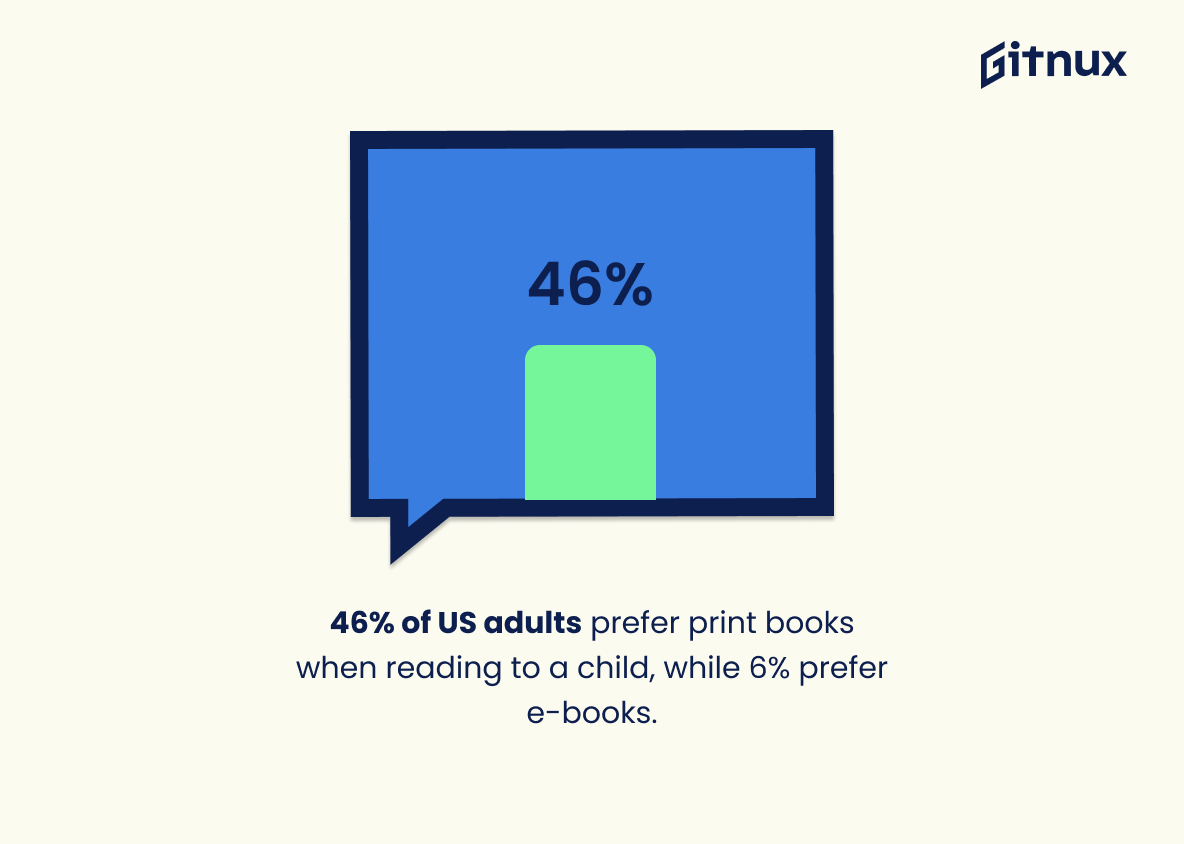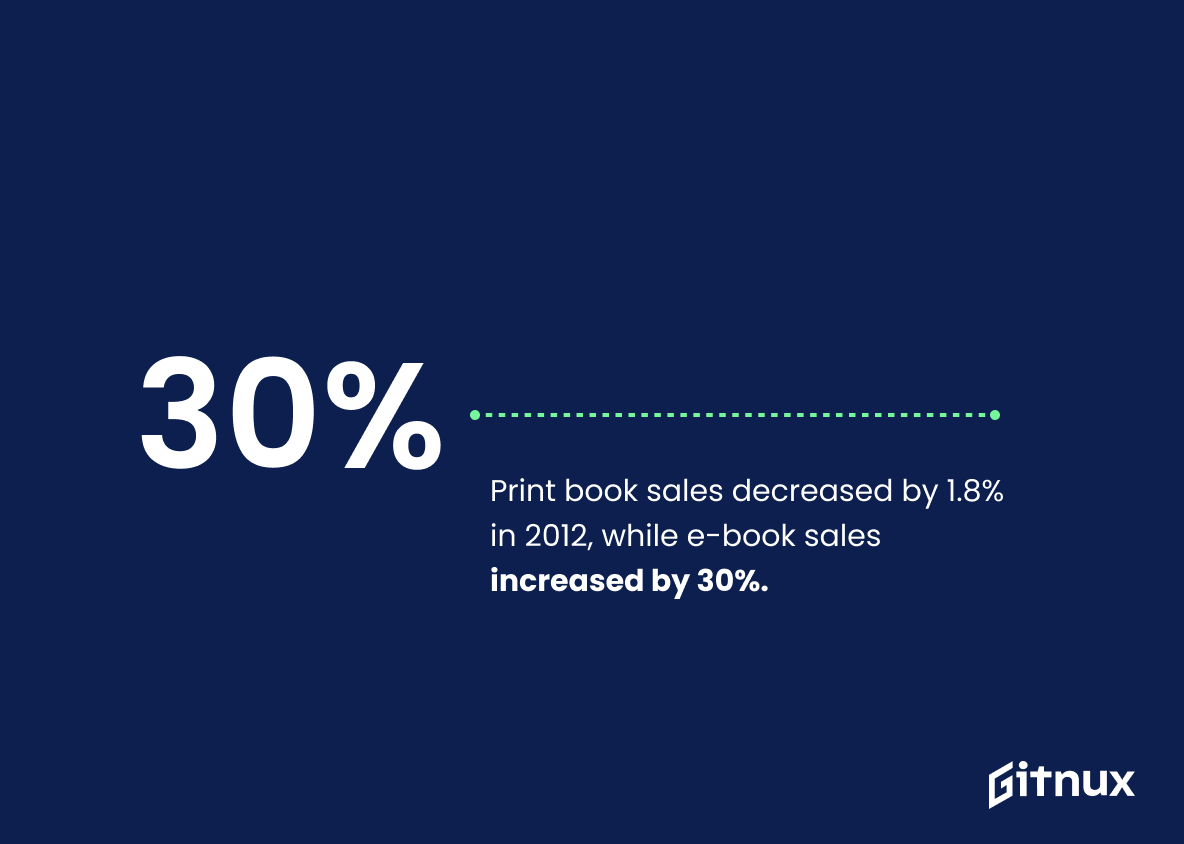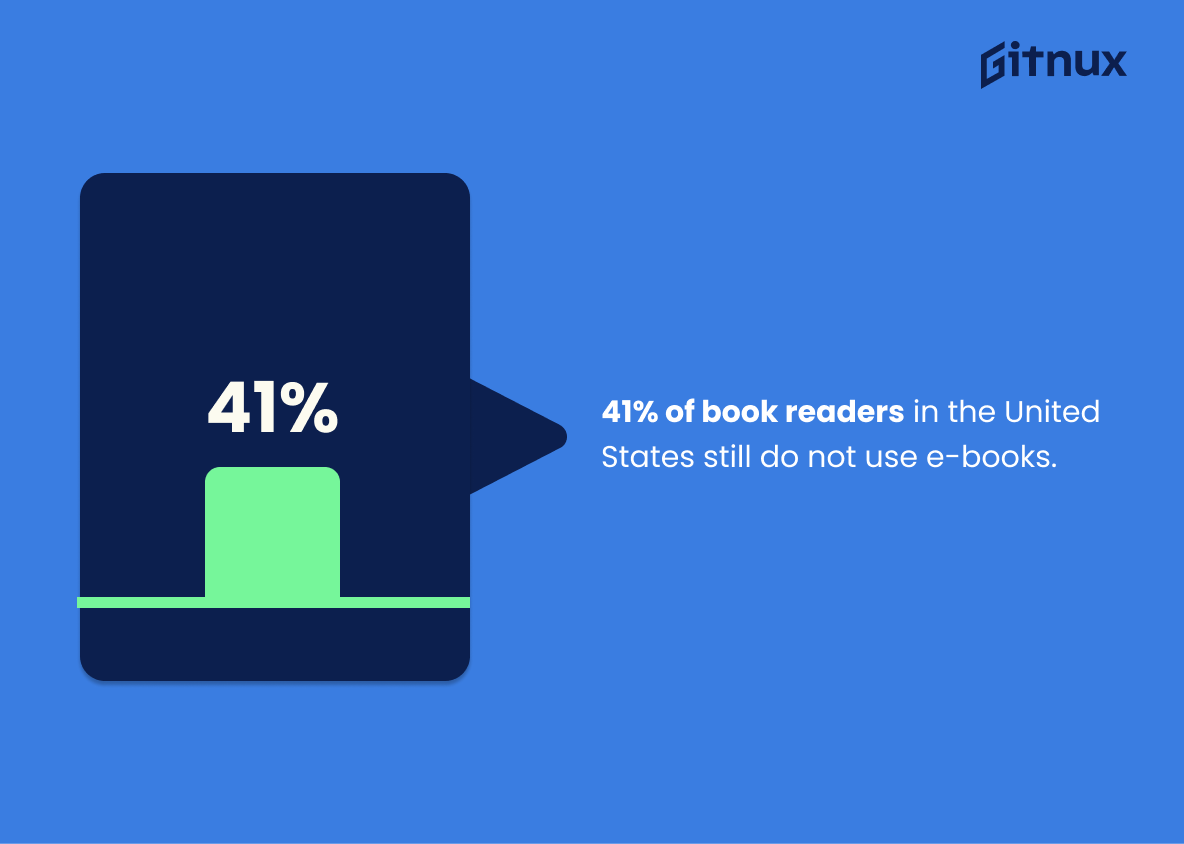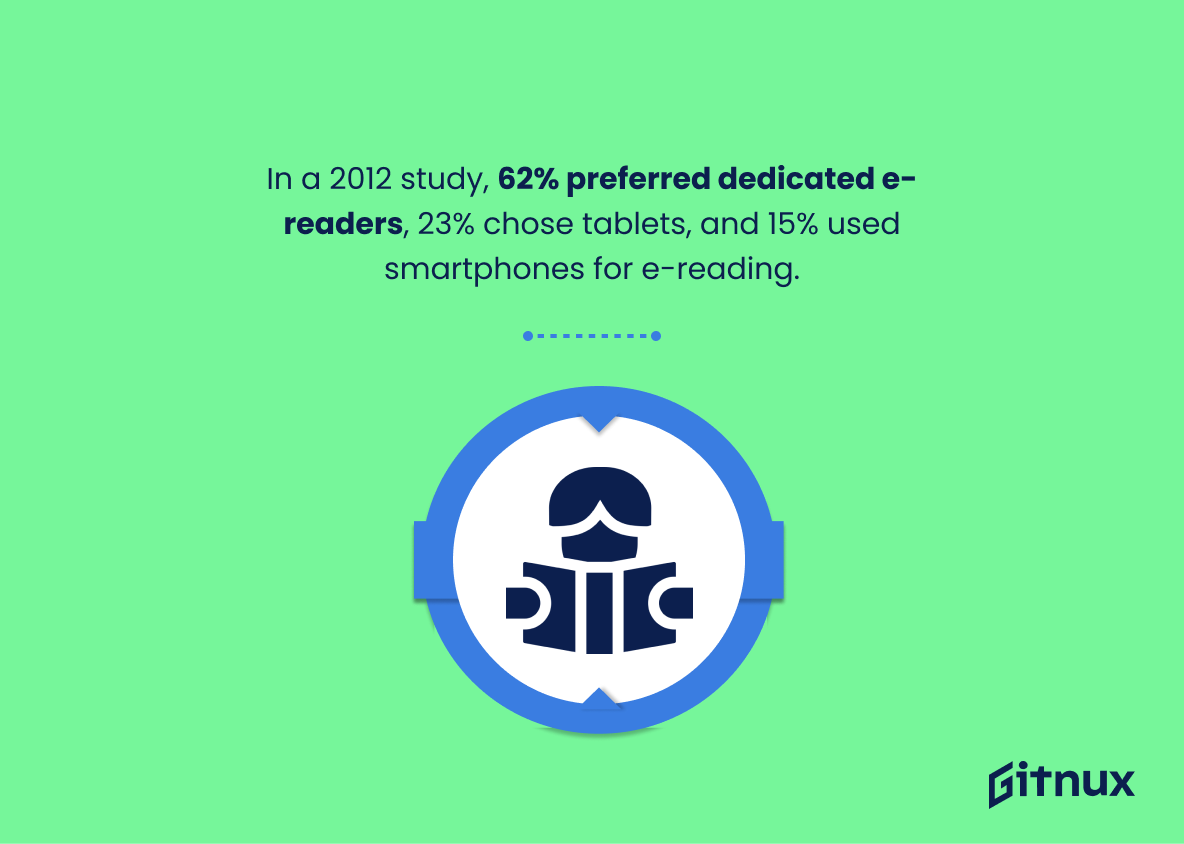In the competition between e-books and print books, each format has its followers. Pew Research Center found 67% of Americans read print and 26% read e-books. In 2020, print book sales grew by 3.6% to 751 million units, while e-book sales dropped 4.7% in early 2021. About 45% of e-book readers report reading more with e-readers, yet 40% spend only 1-2 hours per week on books. A significant 73% of adults prefer print for leisure, with e-books accounting for 18% of global book sales. Most e-book readers use tablets (69%) or smartphones (17%), but 65% of college students still favor printed textbooks. 80% of consumers buy books monthly, with 50% citing lower cost as a reason and 30% purchasing both formats if interested.
In 2020, 203 million print copies were sold. Interestingly, 46% of parents read aloud from print books, while 41% of US adults don’t use e-books. Reader preferences are 62% for dedicated e-readers, 23% for tablets, and 15% for smartphones, generating $1.94 billion in revenue in 2019. Let’s take a closer look at the most important statistics about e-books and print books.
Ebooks vs Print Books Statistics Overview
E-book sales in the US declined by 4.7% in the first quarter of 2021 compared to the same period in 2020.
This statistic is a telling indication of the current state of the E-book market in the US. It shows that despite the convenience and accessibility of digital books, the sales of E-books have not been able to keep up with the sales of print books. This could be a sign that readers are still preferring the traditional format of books, or that the E-book market is still in its infancy and has yet to reach its full potential. Either way, this statistic is an important piece of information for anyone looking to understand the current state of the E-book market in the US.
45% of e-book users say they read more books than before they started using an e-reader.
This statistic is a powerful indicator of the impact e-readers have had on the reading habits of users. It suggests that e-readers have enabled readers to access more books than ever before, and that they are taking advantage of this opportunity to read more. This is an important point to consider when discussing the advantages of e-books over print books, as it demonstrates that e-readers can be a powerful tool for encouraging reading.
40% of e-book readers consume only one or two hours of books per week.
This statistic is a telling indication of the impact e-books have had on the reading habits of people. It shows that e-books have made it easier for people to access books and read them in shorter bursts of time, as opposed to the traditional print books which require more time and effort to read. This statistic is important in the context of the blog post about Ebooks Vs Print Books Statistics, as it highlights the convenience of e-books and how they have changed the way people read.
73% of adults prefer print books over e-books, particularly for leisure reading.
This statistic is significant in the context of a blog post about Ebooks Vs Print Books Statistics, as it provides insight into the preferences of the majority of adults. It indicates that, despite the convenience of e-books, the majority of adults still prefer print books for leisure reading. This suggests that print books are still a popular choice for leisure reading, and that e-books have yet to fully replace them.
69% of e-book readers use a tablet or iPad for e-reading, while 17% read on a smartphone.
This statistic is a telling indication of the current trend in e-reading, with the majority of readers opting for a tablet or iPad. This information is pertinent to a blog post about Ebooks Vs Print Books Statistics, as it provides insight into the preferences of readers in the digital age.
Print books have a lower environmental impact compared to e-books when consumed for more than 2 hours per day.
This statistic is a powerful reminder that, when it comes to e-books versus print books, environmental impact should be taken into consideration. It highlights the fact that, when consumed for more than two hours per day, print books have a lower environmental impact than e-books. This is an important point to consider when deciding which type of book to purchase or read.
E-book adoption rates are highest among readers aged 18 to 29 years, with 50% of this age group having read an e-book in the last 12 months.
This statistic is significant in the context of a blog post about Ebooks Vs Print Books Statistics, as it demonstrates the increasing popularity of e-books among younger readers. It highlights the fact that e-books are becoming a more popular choice for readers aged 18 to 29, and that this age group is more likely to be reading e-books than print books. This information can be used to inform marketing strategies and to help publishers better understand the preferences of their target audience.
80% of book-buying consumers purchase an e-book at least once a month.
This statistic is a powerful indicator of the growing popularity of e-books. It shows that the majority of book-buying consumers are now opting for digital versions of their favorite titles, rather than traditional print books. This statistic is especially relevant to a blog post about e-books vs print books statistics, as it provides a clear indication of the current trend in book-buying habits.
In a survey of US book readers, 50% stated that they read e-books because they are cheaper than print books.
This statistic is a powerful indicator of the impact e-books have had on the book reading community. It shows that cost is a major factor in the decision to read e-books, and that readers are increasingly turning to digital formats to save money. This is an important point to consider when discussing the advantages and disadvantages of e-books versus print books.
30% of e-book users state that if they like an e-book, they will purchase a print copy as well.
This statistic is significant in the context of a blog post about Ebooks Vs Print Books Statistics because it demonstrates that even in the digital age, there is still a strong demand for physical books. It shows that readers are still willing to invest in print copies of books they enjoy, even if they have already read them in digital form. This indicates that print books are still a viable option for publishers and authors, and that the ebook market is not necessarily replacing the print book market.
In 2020, 203 million e-books were sold in the United States.
This statistic is a testament to the growing popularity of e-books in the United States. It shows that more and more people are turning to digital formats for their reading needs, and that e-books are becoming an increasingly important part of the publishing industry. This statistic is an important piece of evidence in the debate between e-books and print books, and it is essential to understanding the current state of the publishing industry.
46% of US adults prefer print books when reading to a child, while 6% prefer e-books.
This statistic is a telling indication of the preference of US adults when it comes to reading to a child. It shows that the majority of adults still prefer print books over e-books, suggesting that the traditional form of reading is still preferred by many. This is an important statistic to consider when discussing the debate between e-books and print books.
Print book sales decreased by 1.8% in 2012, while e-book sales increased by 30%.
This statistic speaks volumes about the changing landscape of the publishing industry. It shows that e-books are becoming increasingly popular, while print books are slowly losing their foothold. This shift in consumer preference is a major factor in the ongoing debate between e-books and print books, and this statistic provides a valuable insight into the current state of the industry.
41% of book readers in the United States still do not use e-books.
This statistic is a telling indication of the current state of the book industry. It shows that despite the rise of e-books, print books still remain a popular choice for many readers. This statistic is important to consider when discussing the current trends in the book industry, as it shows that print books are still a viable option for readers.
In a study done in 2012, 62% of e-book readers preferred reading on a dedicated e-reader, while 23% preferred a tablet, and 15% preferred a smartphone.
This statistic is significant in the context of a blog post about Ebooks Vs Print Books Statistics, as it provides insight into the preferences of e-book readers. It shows that the majority of e-book readers prefer to read on a dedicated e-reader, indicating that e-readers are still the preferred device for reading e-books. This data can be used to inform decisions about which type of device to invest in for e-book readers.
The total revenue generated by e-books in the United States amounted to $1.94 billion in 2019.
This statistic is a testament to the growing popularity of e-books in the United States. It shows that e-books are becoming increasingly popular and are generating a significant amount of revenue. This is an important indicator of the success of e-books and provides valuable insight into the current state of the publishing industry.
Conclusion
Based on the statistics presented, it is clear that print books and e-books both have their place in the book market. While print books remain popular among readers of all ages, particularly for leisure reading, e-book sales are increasing as more people become comfortable with digital formats. E-books offer convenience and cost savings to consumers while also having a lower environmental impact than traditional printed materials when consumed for more than two hours per day. It appears that many readers enjoy using both types of media depending on their needs or preferences at any given time.
References
0. – https://www.bookbusinessmag.com
1. – https://www.publishingperspectives.com
2. – https://www.techcrunch.com
3. – https://www.commonsensemedia.org
4. – https://www.pewresearch.org
5. – https://www.marketresearch.com
6. – https://www.statista.com
7. – https://www.ebookfriendly.com
8. – https://www.learningliftoff.com
9. – https://www.nature.com
10. – https://www.mashable.com
11. – https://www.publishersweekly.com
